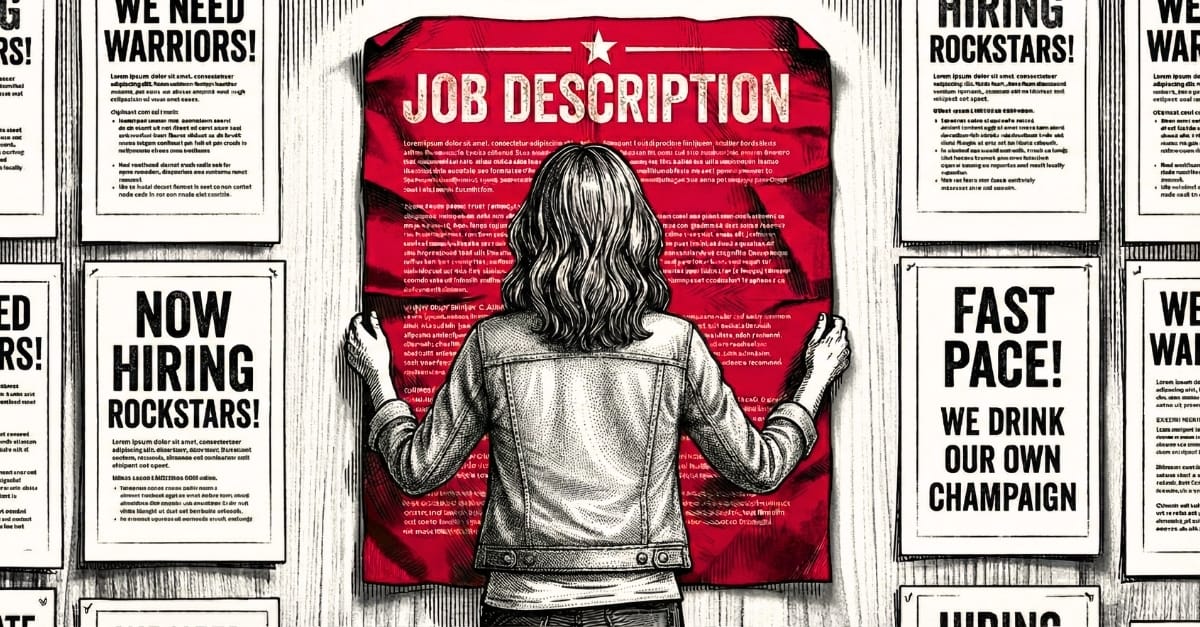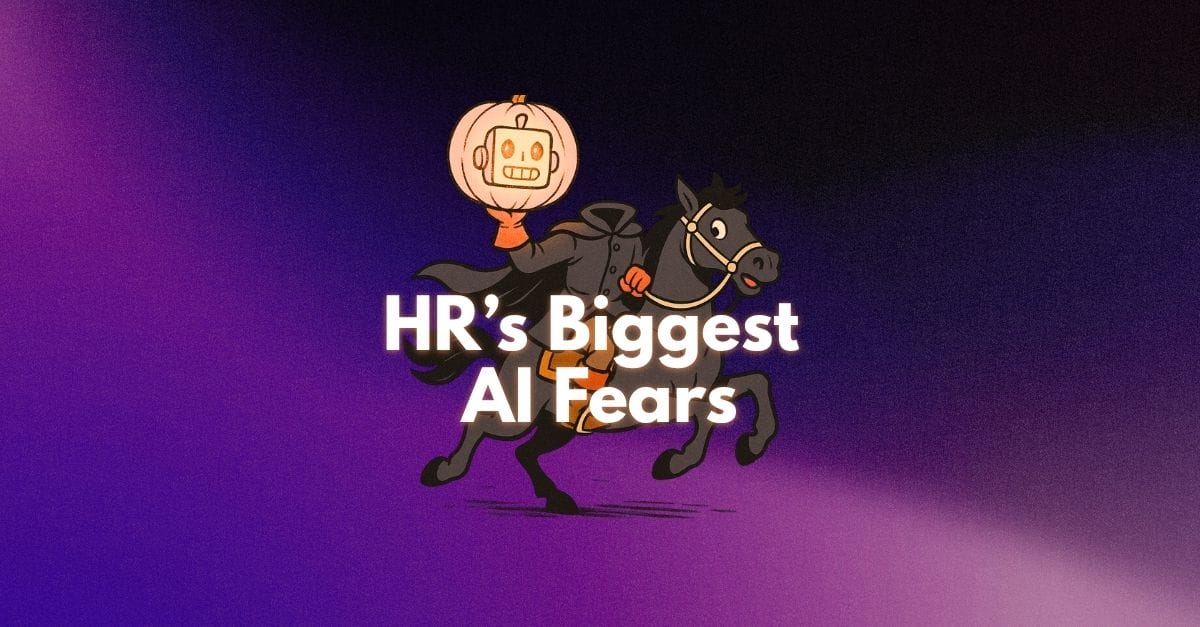As tempting as it may be to fill a position with a “good enough” candidate, in the long run, it pays to hold out for the right candidate. That’s especially true right now when a growing shortage of skilled labor is affecting the financial services sector.
A 2018 study by Korn Ferry predicted a worldwide talent crunch by 2030, with significant impact occurring as early as 2020. The study suggested the U.S. financial services sector will take a big hit; a lack of qualified workers could result in $435 billion in unrealized economic output. This means that time to hire may become longer—and you need to be prepared.
Plan, don’t panic.
The bottom line is resource management. While hiring may take longer, tapping into skills and talent already on board can offer solutions that could lead to unexpected discoveries. Look within your organization for employees with solid secondary skills. A junior loan officer may be ready to take on more responsibility. An experienced administrator may be interested in moving into a managerial role. This is why developing leaders at every level is crucial, as Larry O’Toole, CEO of Gentle Giant, explained.
Focus on staff retention. Be sure employees are aware of opportunities within the company for lateral and upward mobility. You may discover your No. 1 number cruncher is also a talented and engaging public speaker capable of bringing in new business.
Expand your definition of “job qualifications.” Instead of checking off a list of skills, consider behavioral traits and track record. Are you looking for candidates who are organized, deadline driven and collaborative? Are you meeting with an applicant who comes across as highly trainable and enthusiastic, but whose experience is in a different field? Dig a little deeper and you may be looking at a great match.
It’s about more than money.
Competitive compensation goes a long way toward attracting top talent. Employees care about more than just money.
Think about compensation in terms of more than just base salary and a 401k match. Also consider profit sharing, tuition reimbursement, cross-training possibilities, technology upgrades, engaging incentives, and reimbursement for professional training. Work-life balance, a relaxed dress code, work-from-home opportunities, making a contribution, even plain old happiness all come into play when employees are deciding whether or not to send in an application or accept an offer.
If you know you offer a great working environment and you have the Glassdoor rating to prove it, let candidates know. Include information about your company culture in your job ad and careers page, and make it part of your recruiters’ talk track.
Take the time to do it right.
In a tight labor market, the hiring process may take a little bit longer. Turn the challenge into an advantage. Use the time to hone your phone screening skills, get to know your candidates, and ultimately offer the job to someone who complements—and enhances—your organization.
Incorporate smarter hiring practices into your process. Collect input from managers, key stakeholders, and high performers to craft a profile of the ideal candidate. Invite candidates to participate in behavioral and cognitive assessments. Use the assessment results to identify the best matches among the field of applicants and to streamline the hiring process.
Keep your eye on the prize. The end goal is to identify and hire solid candidates who enhance your operation while also engaging existing staff to avoid the cost and disruption of excessive turnover.
“Good enough” might solve your problem in the moment, but you may end up in a one-step-forward-two-steps-back situation. Holding out for the right candidate ensures your organization keeps putting one foot in front of the other.









